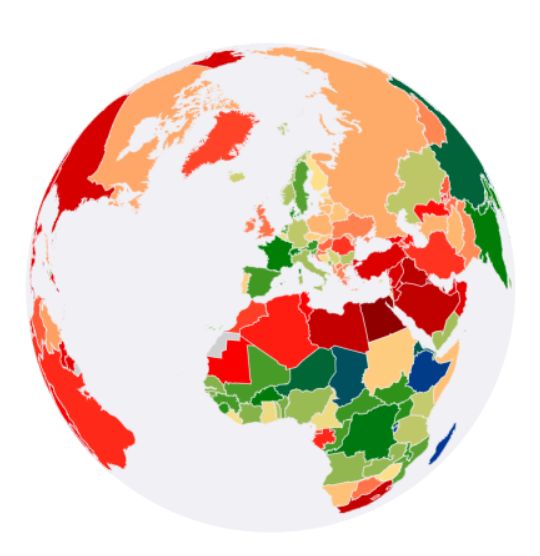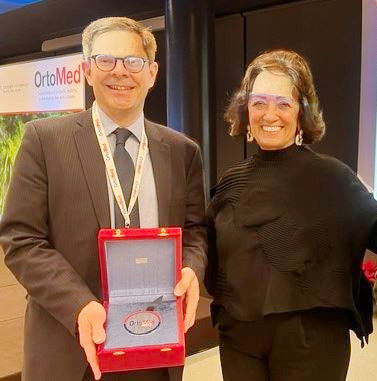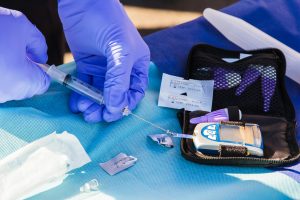[vc_row top_margin=”none”][vc_column top_margin=”none” width=”1/2″][vc_column_text]
A new study has demonstrated substantial differences in the risk of breaking a bone depending upon ethnicity, socioeconomic status and where you live in the UK.
[/vc_column_text][vc_column_text]
Researchers at the Medical Research Council Lifecourse Epidemiology Unit, University of Southampton, examined the UK Clinical Practice Research Datalink database, which includes General Practice clinical records from practices across the UK and covers 7% of the UK population, in a study funded by the National Osteoporosis Society. Using these records covering the period 1988 to 2012, they extracted information on broken bones, and age, sex, ethnic group, socioeconomic status and place of residence. The researchers then calculated the risk of an individual experiencing a fracture, and examined whether this risk varied according to age, whether male or female, ethnicity, socioeconomic status and place of residence in the UK. For men at 50 years or older, the fracture rate was 72 per 10,000 persons per year; the rate for women at 50 years or older was greater at 155 per 10,000 persons per year. White men and women had substantially greater fracture rates than did Asian individuals, with those of black ethnicity having the lowest fracture rates, under half the rates in white individuals. In men, fracture rates were noticeably greater in areas of socioeconomic deprivation, possibly reflecting greater exposure to trauma through manual work, together with potentially greater rates of smoking and other adverse lifestyle factors. There were marked differences in fracture rates according to where individuals lived, with the highest fracture rates in Scotland and Northern Ireland, where rates were around 50% greater than those in London.
[/vc_column_text][/vc_column][vc_column top_margin=”none” width=”1/2″][vc_single_image image=”4132″ alignment=”center” style=”vc_box_shadow_3d” border_color=”grey” img_link_large=”” img_link_target=”_self” img_size=”400×302″][vc_column_text]
Professor Nicholas Harvey, Professor of Rheumatology and Clinical Epidemiology at the MRC Lifecourse Epidemiology Unit, University of Southampton, who led the study with Dr Elizabeth Curtis, Academic Clinical Fellow in Rheumatology, said, “Our demonstration of differences in fracture rates by ethnicity, socioeconomic status and location will clearly be helpful in targeting health resources to those at greatest risk- given the high rates of fracture, particularly in the elderly, and the impact in terms of pain, immobility and potentially reduced survival, our findings provide real support for such strategies.”
[/vc_column_text][vc_column_text]
Professor Cyrus Cooper, Professor of Rheumatology and Director of the MRC Lifecourse Epidemiology Unit, University of Southampton, added, “This study forms part of a larger programme of work addressing risk factors for fracture across the lifecourse, and demonstrates the importance of the University of Southampton and MRC Lifecourse Epidemiology Unit in leading large, UK wide analyses on the internationally leading UK Clinical Practice Research Datalink dataset. These findings will be built upon in a wider programme of analyses to document the burden of osteoporotic fracture in the UK, and will have important messages for public health planning in future years.”
[/vc_column_text][/vc_column][/vc_row]








